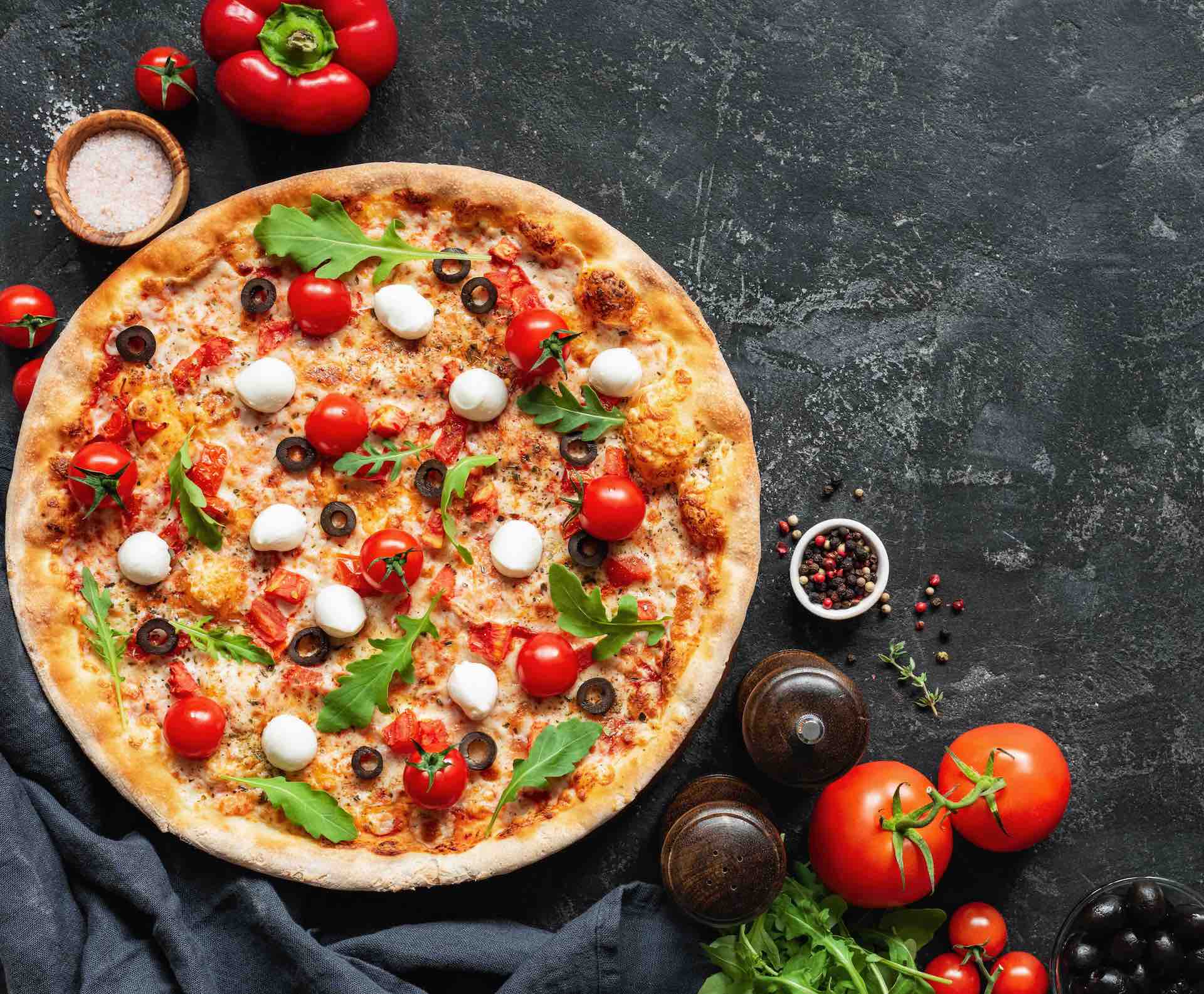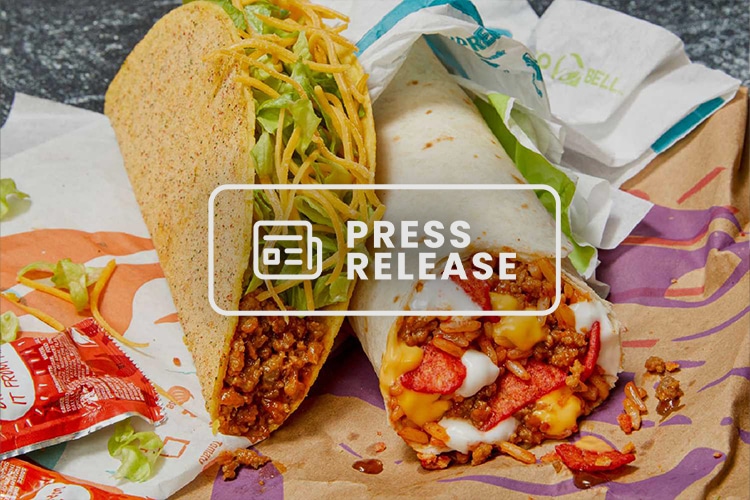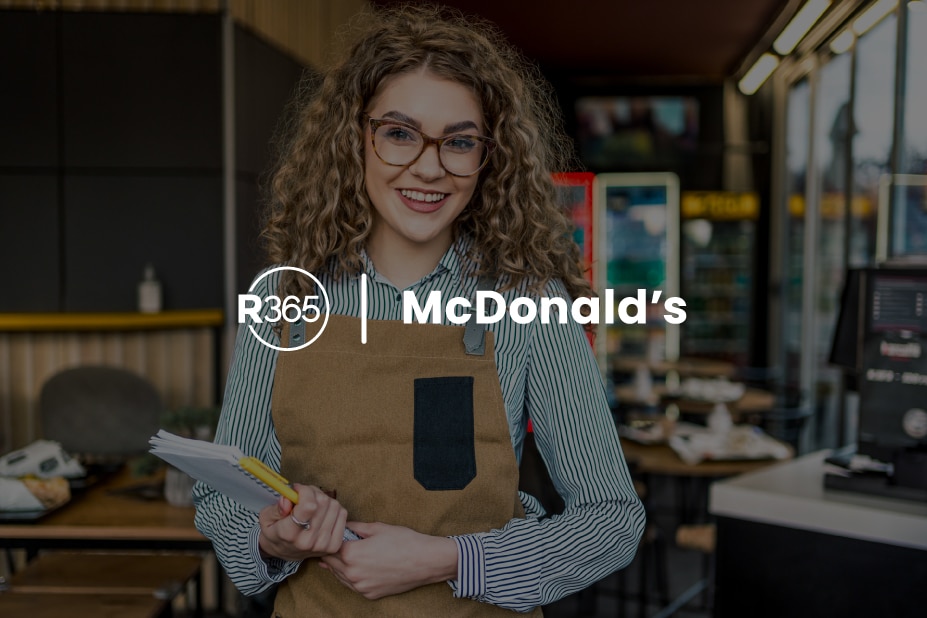Pizza operators face some of the most challenging restaurant operation scenarios. With a variety of different customization possibilities how do you properly keep costs in check and maximize your profitability?
When you consider how to reduce food and beverage costs, remember that there a few costs that could be passed on to the customer to protect your bottom line. Extras, add-ons, and distant deliveries are all causes of high food costs, and you should be charging for them.
Charge for extras and add-ons.
A customer walks into your restaurant and orders two slices of pizza and a drink. Your employee knows how to enter that into the point of sale, collect payment, and give the hungry customer what they want. But what happens if the customer orders two slices of pizza, a drink, and an extra packet of ranch on the side? Does your employee know how to charge for that? Or do they give that extra sauce away for free?
In your restaurant’s point of sale system, start by setting up “extra” buttons for meats, cheeses, and sauces. Charge for extra toppings on pizzas by ensuring ingredients are set up in your point of sale. If you use a software for pizza business, you should be able to enter the ingredients for each pizza and the cost of each topping. If an extra topping is added to an order, your point of sale will automatically charge the correct amount for it, even on portioned pizzas.
You can also use this as an opportunity to upsell to your customers, by including prompts in the POS asking if the customer would like to add extra cheese or meat to certain menu items.

Pass on the cost of pricey substitutions.
Just like extras and add-ons, substitutions are among the factors that affect food cost in a restaurant. If a customer orders a supreme veggie pizza but asks for artichoke hearts instead of onions, it is acceptable to pass the difference in price on to the customer.
Communication is key when charging extra! If a customer is charge more without their knowledge, it is possible they will become angry or not return. Train your staff to communicate with the customer that the substitution causes a change in the price of the pizza “No problem, that’ll be an extra $1.00” and to give the customer a chance to consider whether they want to pay the difference.
Many customers realize that the change will increase the cost of their meal and do not mind paying the difference. Others may decide that it is not worth the cost and change their mind. They should be allowed to make that decision free of judgement.
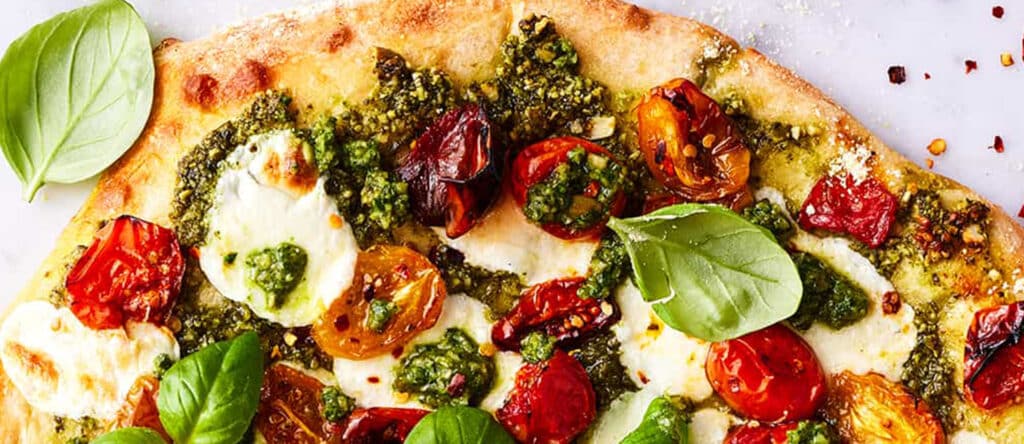
Train your employees the factors affecting food cost control.
Teach your employees the importance of food cost control and about factors affecting cost management. Your staff shouldn’t be giving anything away without approval from you. While it may feel to them like they’re just being nice to a customer, it is affecting your menu profitability. This may be a habit they learned from coworkers, or it may be part of your company culture, but unless you give things away for marketing purposes, it’s lost money.
Once you have a system in place to charge for add-ons and extras, take the time to thoroughly train your staff. Walk order-taking staff through entering orders with extras using the point-of-sale training mode, and make sure prep staff know what portions to use for extras. Also train them on the portions for each “extra,” and how to inform customers that there is a charge, to avoid nasty surprises.
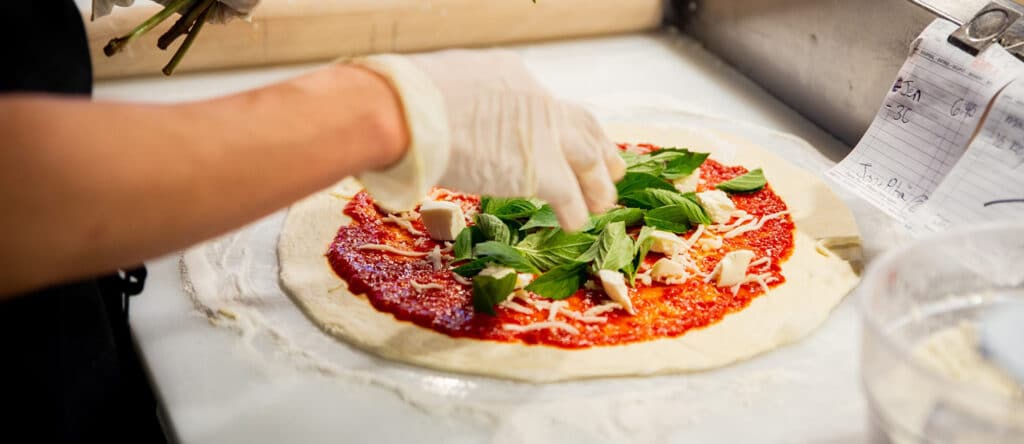
Cover your delivery costs.
Do you offer delivery? Set a minimum charge for distant delivery zones or increase your delivery charge based on distance to cover costs. Ensure your delivery fees are calculated based on your real costs, like gas, labor, insurance, and vehicle maintenance. Then design your delivery zone fees around those costs and remember to allow for any road tolls.
Make sure these delivery zones are entered into your point of sale, so the proper amount is automatically added to every delivery transaction. By using an online ordering provider that pulls prices from your point of sale, you’ll also be able to ensure that delivery fees are correctly added to orders placed online.
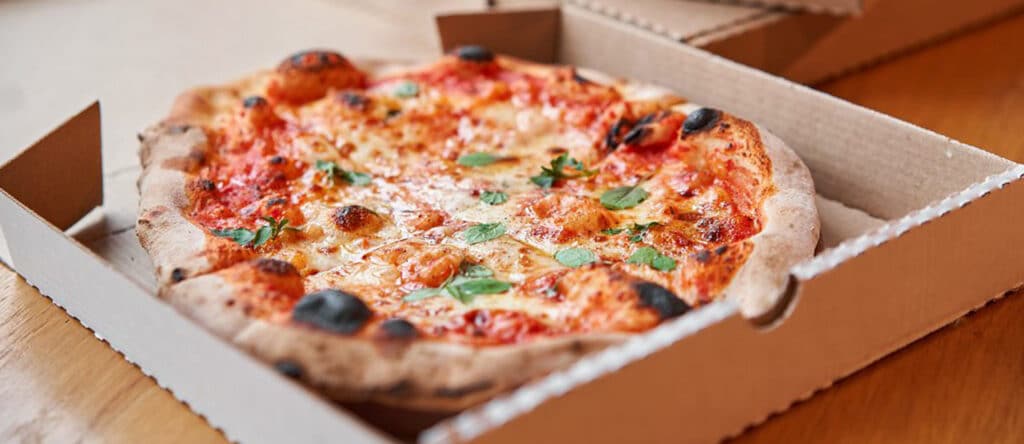
Conclusion.
Charging correctly for the things you sell is among the many important factors affecting the food business, especially now as restaurant chains look for creative ways to cut costs. Decrease your restaurant food cost and delivery expenses by ensuring your extras, add-ons, and delivery costs are always covered.
Are you ready to take control of your cheese costs? Curious about your profitability per pizza type? Dreaming of being able to forecast exactly how much dough the kitchen needs to prep for each night based on trends? Are you looking for a pizza restaurant management solution to simplify your life? The use of restaurant analytics to help you get a detailed look at your profitability is one of the key elements of a successful restaurant. It drives strategic decisions regarding operations to improve your bottom line.
Restaurant365 is an all-in-one restaurant management system incorporating reporting tools, restaurant accounting software, restaurant operations software, inventory management software, payroll + HR software, and scheduling software into a cloud-based platform that’s fully integrated with your POS system, as well as to your food and beverage vendors, and bank.
